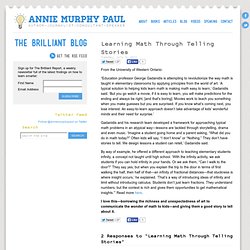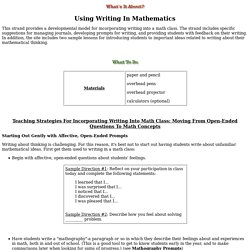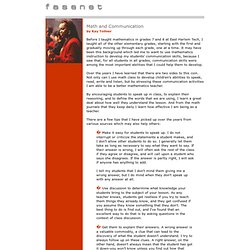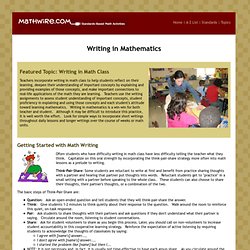

Illustrativemathematics. Illustrated Standards Count to 100 by ones and by tens.

(see illustrations) Count forward beginning from a given number within the known sequence (instead of having to begin at 1). (see illustrations) Write numbers from 0 to 20. Understand the relationship between numbers and quantities; connect counting to cardinality. When counting objects, say the number names in the standard order, pairing each object with one and only one number name and each number name with one and only one object. Understand that the last number name said tells the number of objects counted. Understand that each successive number name refers to a quantity that is one larger.
Count to answer “how many?” Identify whether the number of objects in one group is greater than, less than, or equal to the number of objects in another group, e.g., by using matching and counting strategies. Compare two numbers between 1 and 10 presented as written numerals. Fluently add and subtract within 5. Recognize area as additive. Learning Math Through Telling Stories. Tuesday, July 3, 2012 From the University of Western Ontario: “Education professor George Gadanidis is attempting to revolutionize the way math is taught in elementary classrooms by applying principles from the world of art.

‘A typical solution to helping kids learn math is making math easy to learn,’ Gadanidis said. ‘But you go watch a movie, if it is easy to learn, you will make predictions for the ending and always be right, [and that's boring]. Movies work to teach you something when you make guesses but you are surprised. Gadanidis and his research team developed a framework for approaching typical math problems in an atypical way—lessons are tackled through storytelling, drama and even music. By way of example, he offered a different approach to teaching elementary students infinity, a concept not taught until high school. I love this—borrowing the richness and unexpectedness of art to communicate the wonder of math to kids—and giving them a good story to tell about it. Connecting class talk with individual student writing. Math Tales from the Spring. Using Writing In Mathematic. Using Writing In Mathematics This strand provides a developmental model for incorporating writing into a math class.

The strand includes specific suggestions for managing journals, developing prompts for writing, and providing students with feedback on their writing. In addition, the site includes two sample lessons for introducing students to important ideas related to writing about their mathematical thinking. Teaching Strategies For Incorporating Writing Into Math Class: Moving From Open-Ended Questions To Math Concepts Starting Out Gently with Affective, Open-Ended Prompts Writing about thinking is challenging. Begin with affective, open-ended questions about students' feelings. Have students write a "mathography"-a paragraph or so in which they describe their feelings about and experiences in math, both in and out of school. Encourage students to keep their pencils moving. Try requiring 20 words per answer, even if they have to copy the same words again to reach 20. 1. 2. 3. 1.
Kay Toliver: Math and Communication. Math and Communication by Kay Toliver Before I taught mathematics in grades 7 and 8 at East Harlem Tech, I taught all of the other elementary grades, starting with the first and gradually moving up through each grade, one at a time.

It may have been this background which led me to want to use mathematics instruction to develop my students' communication skills, because I saw that, for all students in all grades, communication skills were among the most important abilities that I could help them to develop. Over the years I have learned that there are two sides to this coin. Not only can I use math class to develop children's abilities to speak, read, write and listen, but by stressing these communication activities I am able to be a better mathematics teacher. By encouraging students to speak up in class, to explain their reasoning, and to define the words that we are using, I learn a great deal about how well they understand the lesson. Math Journals Boost Real Learning. Writing in Mathematics. Featured Topic: Writing in Math Class Teachers incorporate writing in math class to help students reflect on their learning, deepen their understanding of important concepts by explaining and providing examples of those concepts, and make important connections to real-life applications of the math they are learning.

Teachers use the writing assignments to assess student understanding of important concepts, student proficiency in explaining and using those concepts and each student's attitude toward learning mathematics. Writing in mathematics is a win-win for both teacher and student. Although it may be difficult to introduce this practice, it is well worth the effort. Look for simple ways to incorporate short writings throughout daily lessons and longer writings over the course of weeks or math units.
Getting Started with Math Writing Often students who have difficulty writing in math class have less difficulty telling the teacher what they think. The basic steps of Think-Pair-Share are: